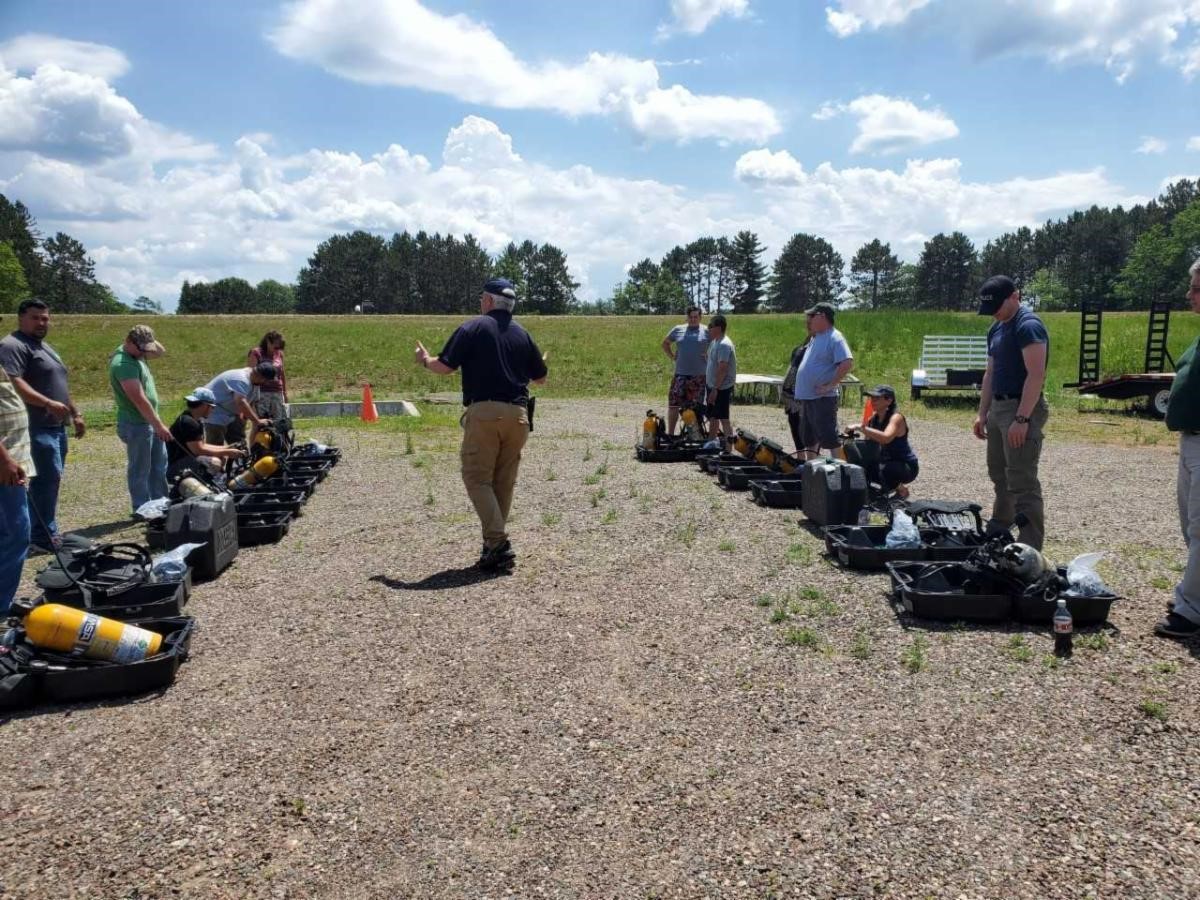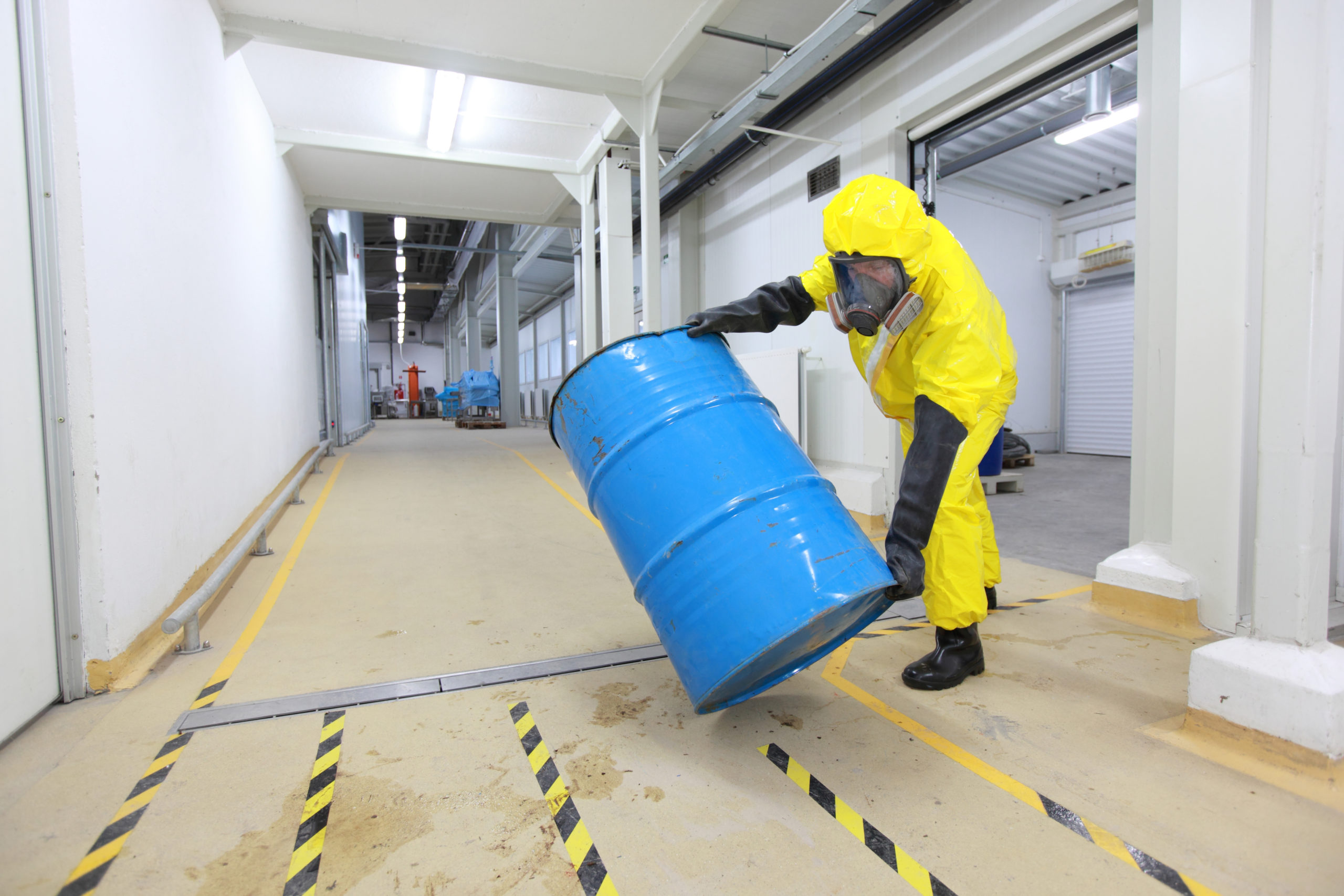Specialized training for public safety organizations, Native American Tribes, and industrial companies
Workplace Safety Training
The courses we offer prepare your personnel to safely prevent, respond, and recover from hazardous materials incidents resulting from transportation and industrial incidents, natural and man-made disasters, and illicit drug labs. Education and training are the basis for successful mitigation. It is incumbent that your emergency responders are well-trained to protect themselves, their co-workers, and their communities from the hazards faced during emergency response. Some training to Native American tribal responders and personnel to public safety response agencies is fee-waived through federal grants from the National Institute of Environmental Health Sciences (NIEHS). We also provide fee-based training to industrial companies.

Native American Tribes
We partner with the Native American Fish and Wildlife Society (NAFWS) to promote and provide training to tribal emergency response personnel, in topics such as hazardous materials emergency response, incident command systems, worker protection at hazardous waste cleanups, mass casualty incident triage, illicit drug incidents, and responder safety during natural and man-made disasters. The 574 federally recognized Native American tribes have 1.9 million tribal members living in the contiguous 48 states and Alaska.
Commonly requested training courses: hazardous materials emergency response, hazardous waste site worker [HAZWOPER 29CFR1910.120(e)] initial and refresher courses, incident command system basics, mass casualty incident triage, illicit drug incidents, and responder safety during natural and man-made disasters.
Email Roy Stover for more information.

Industrial & Private Companies
We contract with private sector employers to provide occupational safety and health training to their employees. This training is often mandated by the worker protection requirements of the Occupational Safety and Health Administration (OSHA) regulations, particularly in the areas of hazard communication, hazardous materials response, confined space entry and rescue, and the use of personal protective equipment. Many large facilities have in-house Emergency Response Teams and Industrial Fire Departments and our course offerings will provide the needed training, so those responders can work safely during emergency events.
Commonly requested course: Hazardous Waste Operations and Emergency Response [HAZWOPER – 29CFR1910.120(e) & (q)] Initial and Refresher Courses, Confined Space Rescue, Respiratory Protection, Incident Command System, Air Monitoring, and Industrial Firefighting courses
Email Ted Krayer for more information.

Public Safety Organizations
We have grant funding from federal agencies such as NIEHS and the Department of Transportation to provide specialized emergency response training to public sector agencies such as fire departments, law enforcement, emergency medical service, emergency management, and public health. This fee-waived training complements AFC’s primary mission of training responders in areas of hazardous materials response, mass casualty incidents, confined space rescue, incident command system, hazmat air monitoring, infectious disease, and incidents involving illicit drugs.
Commonly requested courses: Hazardous Materials Awareness and Operations Level, Hazardous Materials Technician Level, Hazardous Materials Refresher, Hazardous Materials Incident Command, Confined Space Rescue, Mass Casualty Incident Triage, Infectious Disease Awareness and Operations, Active Shooter and Hostile Event Response, Hazmat Air Monitoring Basics, FEMA’s ICS 300 and ICS 400 courses.
Email Ted Krayer for more information.